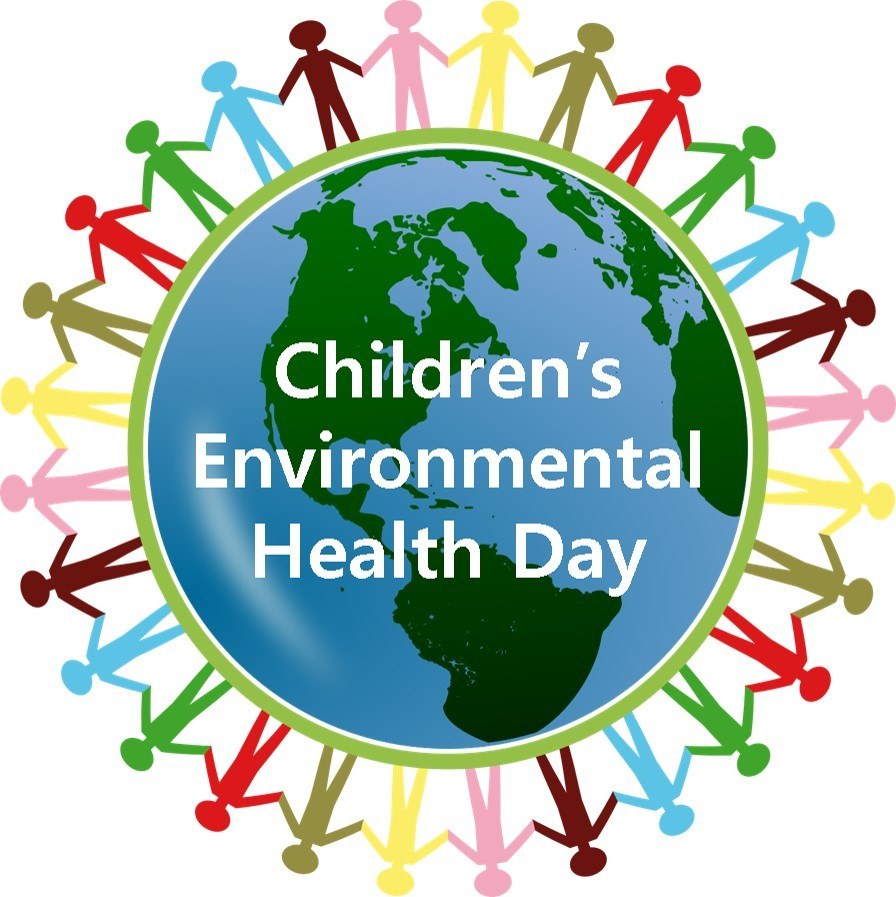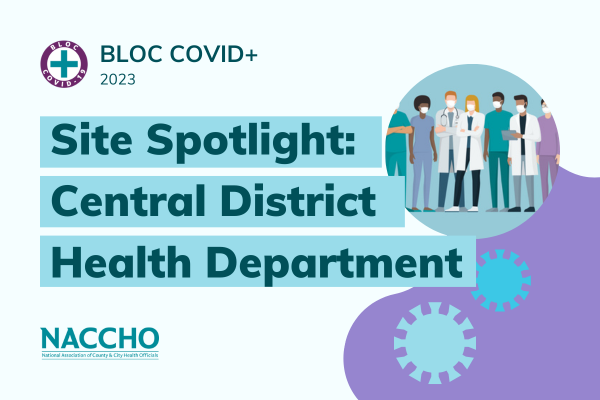Popular Categories
Sexual Health Awareness Month: How Local Health Departments Fill the Gaps
In 2013, the Centers for Disease Control and Prevention (CDC) projected that there were 110 million sexually transmitted infections...
Sep 01, 2016 | Kim Rodgers
FDA Issues Revised Guidance on Zika Testing in the U.S.
On August 26, 2016, as a further safety measure against the emerging Zika virus outbreak, the U.S. Food and Drug Administration (FDA)...
Aug 26, 2016 | Kim Rodgers
CDC Releases Vital Signs Fact Sheets on Sepsis Prevention and Recognition
In an effort to amplify Sepsis Awareness Month throughout September, the Centers for Disease Control and Prevention (CDC) recently...
Aug 24, 2016 | Anastasia Sonneman
Immunization Matters: The Role of LHDs in Educating Communities
Although National Immunization Awareness Month (NIAM) is winding down, it’s important for local health departments (LHDs) to...
Aug 23, 2016 | Kim Rodgers
New TB Treatment Guidelines: Management of Patients Co-infected with TB and HIV...
After two decades of steady decline, the number of tuberculosis (TB) cases reported in the U.S. rose to 9,563 in 2015, serving as a...
Aug 16, 2016 | Erin Laird
NACCHO Request for Proposal: Seeking Consultant for Issue Brief
With funding from the Centers for Disease Control and Prevention (CDC), NACCHO will be developing an issue brief that explores the...
Aug 15, 2016 | Kim Rodgers
CDC Publishes First National Study of Lesbian, Gay, and Bisexual Students’ Health
CDC recently published a new study, “Sexual Identity, Sex of Sexual Contacts, and Health-related Behaviors Among Students in Grades...
Aug 12, 2016 | Kim Rodgers
Scholarship Application: National HIV PrEP Summit
Aug 10, 2016 | Kim Rodgers
Spotlight Blog Series: HUD Grant Advances Lead Prevention in Lansing, Michigan
By Elizabeth Brasington, NACCHO Marketing/ Communications Intern Lead Poisoning: Still an American Burden There are 24 million homes...
Aug 09, 2016 | Anastasia Sonneman
Sexual Health Awareness Month: How Local Health Departments Fill the GapsIn 2013, the Centers for Disease Control and Prevention (CDC) projected that there were 110 million sexually transmitted infections (STIs) among men and women in the United States, and estimated that 20 million new STIs – including syphilis, gonorrhea, hepatitis B, HIV, and chlamydia – occur every year across the nation. This means that, on […] Sep 01, 2016 | Kim Rodgers |
FDA Issues Revised Guidance on Zika Testing in the U.S.On August 26, 2016, as a further safety measure against the emerging Zika virus outbreak, the U.S. Food and Drug Administration (FDA) issued a revised guidance recommending universal testing of donated Whole Blood and blood components for Zika virus in the U.S. and its territories. These revised recommendations are designed to reduce the risk of […] Aug 26, 2016 | Kim Rodgers |
CDC Releases Vital Signs Fact Sheets on Sepsis Prevention and RecognitionIn an effort to amplify Sepsis Awareness Month throughout September, the Centers for Disease Control and Prevention (CDC) recently released Vital Signs Sepsis Fact Sheets. These resources highlight importance of prevention and recognition for sepsis, a complication caused by the body’s overwhelming and life-threatening response to infection, which can ultimately lead to organ failure and […] Aug 24, 2016 | Anastasia Sonneman |
Immunization Matters: The Role of LHDs in Educating CommunitiesAlthough National Immunization Awareness Month (NIAM) is winding down, it’s important for local health departments (LHDs) to continue actively promoting the importance of immunization beyond August. Immunizations play a vital role in protecting the health of communities. Thanks to the development of safe and effective vaccines, rates of vaccine-preventable disease have decreased in the last... Aug 23, 2016 | Kim Rodgers |
New TB Treatment Guidelines: Management of Patients Co-infected with TB and HIV Among Key RecommendationsAfter two decades of steady decline, the number of tuberculosis (TB) cases reported in the U.S. rose to 9,563 in 2015, serving as a reminder of the importance of continued efforts to eliminate this potentially fatal disease. Each day, health care professionals work diligently to treat patients with TB. To support this critical work, the […] Aug 16, 2016 | Erin Laird |
NACCHO Request for Proposal: Seeking Consultant for Issue BriefWith funding from the Centers for Disease Control and Prevention (CDC), NACCHO will be developing an issue brief that explores the expanding role of Disease Intervention Specialists (DIS) and new opportunities resulting from this expanded role, especially opportunities available through health system reform and new or emerging healthcare reimbursement mechanisms. Topics addressed will include the... Aug 15, 2016 | Kim Rodgers |
CDC Publishes First National Study of Lesbian, Gay, and Bisexual Students’ HealthCDC recently published a new study, “Sexual Identity, Sex of Sexual Contacts, and Health-related Behaviors Among Students in Grades 9-12—United States and Selected Sites, 2015” in the Morbidity and Mortality Weekly Report. This new study compares the prevalence of more than 100 health behaviors among lesbian, gay and bisexual (LGB) students to their heterosexual peers. These […] Aug 12, 2016 | Kim Rodgers |
Scholarship Application: National HIV PrEP SummitAug 10, 2016 | Kim Rodgers |
Spotlight Blog Series: HUD Grant Advances Lead Prevention in Lansing, MichiganBy Elizabeth Brasington, NACCHO Marketing/ Communications Intern Lead Poisoning: Still an American Burden There are 24 million homes in the United States that contain deteriorated lead-based paint and elevated levels of lead-based dust and four million of those households contain children. As a direct result, approximately 535,000 children between ages one and five have blood lead […] Aug 09, 2016 | Anastasia Sonneman |

Subscribe Today
Sign Up for the E-mail Digests
Create an account or login to MyNACCHO and go to "My Subscriptions."
SUBSCRIBE NOW




